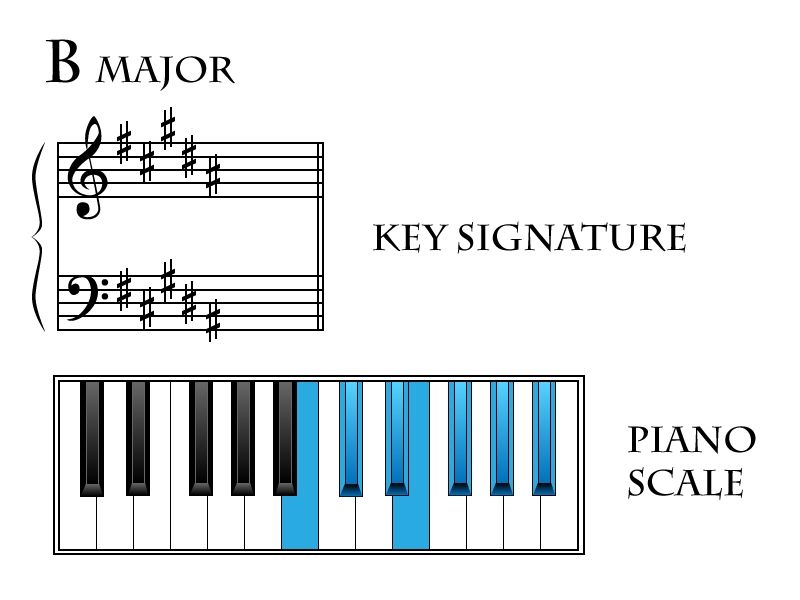

This form of music notation was not common until the late Baroque and early Classical periods.

Most major and minor keys include accidental notes such as a sharp (♯), a flat (♭) or sometimes a natural (♮), however, in signature keys these notes are rearranged to the beginning of the staff to make it easier to read. In music, a key signature is a symbol that usually appears on sheet music to tell you what key a piece of a song is in. In this article, we explore all things related to key signatures and how they work, so let’s begin.

It is also beneficial for developing an understanding of music history and for developing music literacy. Music theory is essential for understanding and appreciating music, and for creating and performing it. It also examines the relationships between these elements, as well as the ways in which they interact to create music. Music theory explores the fundamental elements of music such as melody, harmony, rhythm, and form. It is the analysis and understanding of how music is created and structured. Music theory is the study of the language and notation of music and key signatures are a vital part of this.


 0 kommentar(er)
0 kommentar(er)
